Art & Exhibitions
See How Degas Became Degas: One Show Traces the Artist’s Technical Triumphs
The exhibition, which will make only one US appearance, coincides with the 100th anniversary of the artist's death.
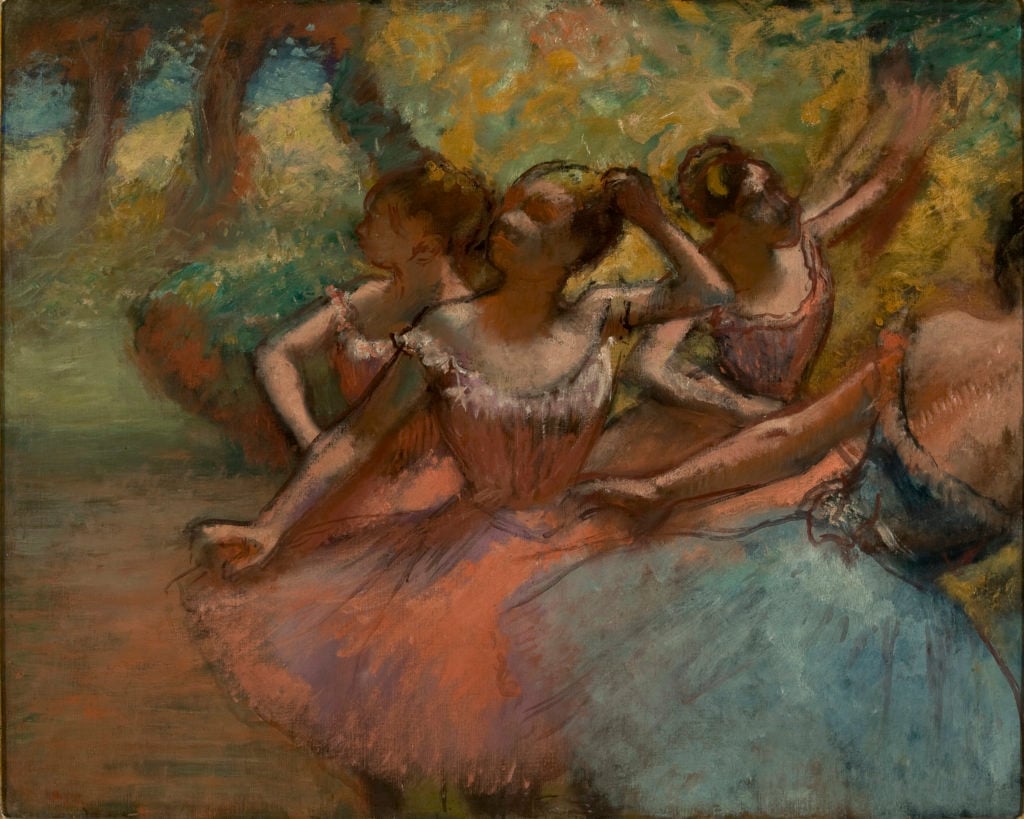
The exhibition, which will make only one US appearance, coincides with the 100th anniversary of the artist's death.

Sarah Cascone

This year marks the centenary of Impressionist artist Edgar Degas’s death, and if you’re looking for a major exhibition to mark the occasion, turn your attention to the UK and Denver, Colorado. “Degas: A Passion for Perfection” will be on view at the Fitzwilliam Museum at the University of Cambridge, October 3, 2017–January 14, 2018, before traveling to its only US venue, the Denver Art Museum (DAM), February 11–May 20, 2018.
Over 100 works by the great artist will be on view, tracing his development from a traditional portraitist and history painter to the consummate master of depicting contemporary Parisian life. The show will include paintings, pastels, etchings, monotypes, drawings, and sculptures created by Degas between 1855 and 1906, as well as works by J.A.D. Ingres, Eugene Delacroix, and Paul Cezanne.
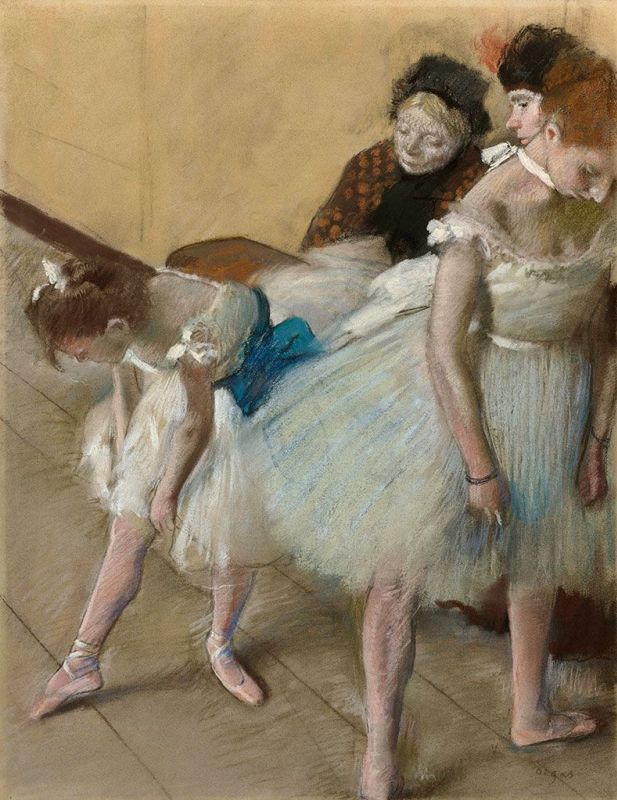
Edgar Degas, Dance Examination (Examen de Danse), 1880. Courtesy of the Denver Art Museum.
“Degas was the quintessential independent artist, and this exhibition will give visitors a more intimate look into his creative process as well as his public and private life,” said Christoph Heinrich, director of the DAM, in a statement. The show will provide an overview of the artist’s 60-year career and the recurring themes and subjects that dominated his oeuvre, such as the nude, the opera, horses, and, of course, dancers.
“Degas was determined to succeed on his own terms by blurring the boundaries of traditional media and pushing them to extremes,” added Timothy J. Standring, the museum’s curator of painting and sculpture at the DAM. (Jane Munro, keeper of paintings, drawings, and prints at the Fitzwilliam Museum is the exhibition organizer.)
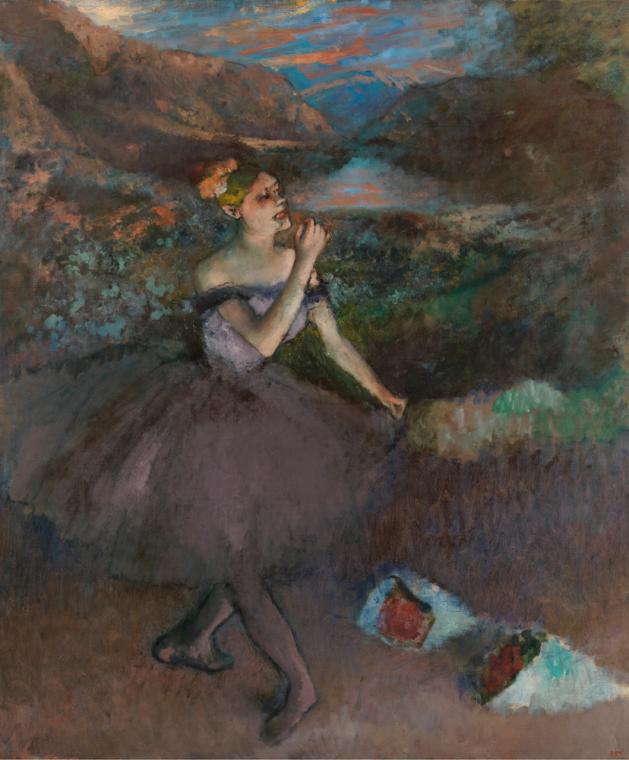
Edgar Degas, Dancer with Bouquets (circa 1895–1900). Courtesy of the Chrysler Museum of Art.
“He excelled both as a colorist and a draftsman and met the challenges of new subject matter with experimental techniques,” said Standring. “Degas invented an oil medium known as l’essence, in which the oils in oil pigment are leached out and then mixed together with paint thinner, and took his mark-making to new extremes by printing sticky ink drawings, known as monotypes.”
The show will include loans from both public and private collections in the US and Europe, as well as works from the collection of economist John Maynard Keynes, purchased shortly after Degas’s death in a studio sale.
See more works from the exhibition below:
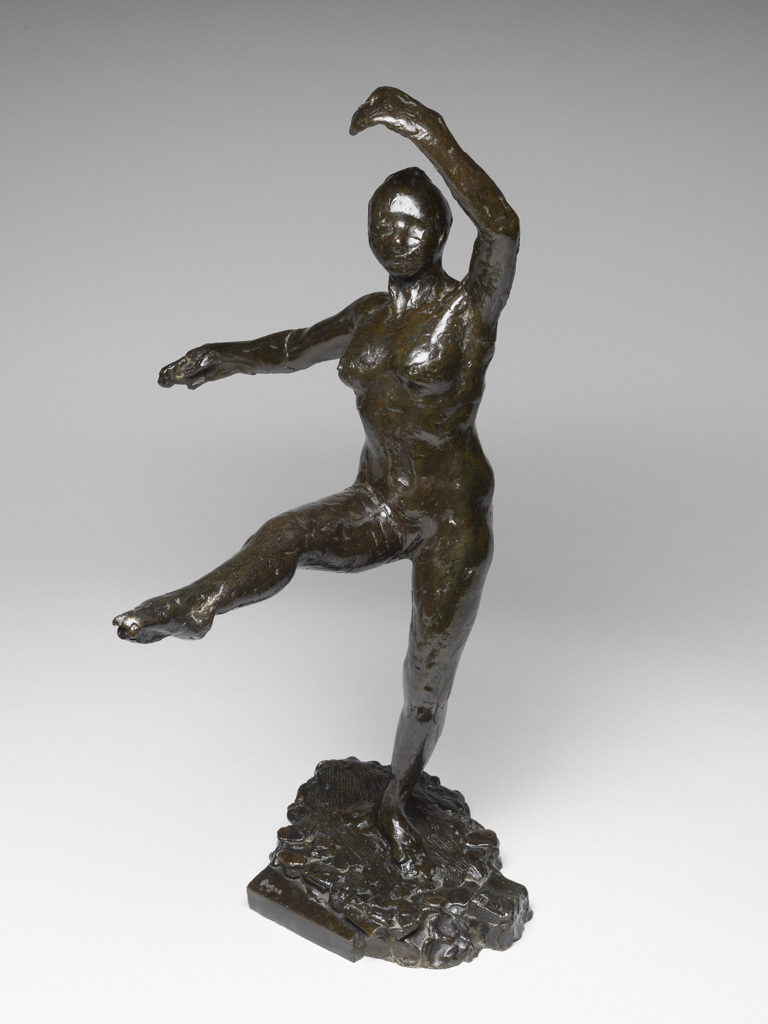
Edgar Degas, Dancer, Fourth Position in Front on the Left Leg (circa 1919–21). Courtesy of the Fitzwilliam Museum, Cambridge.

Edgar Degas, Danseuses aux jupes violettes, bras levés (circa 1895–98). Courtesy of the Fitzwilliam Museum, Cambridge.
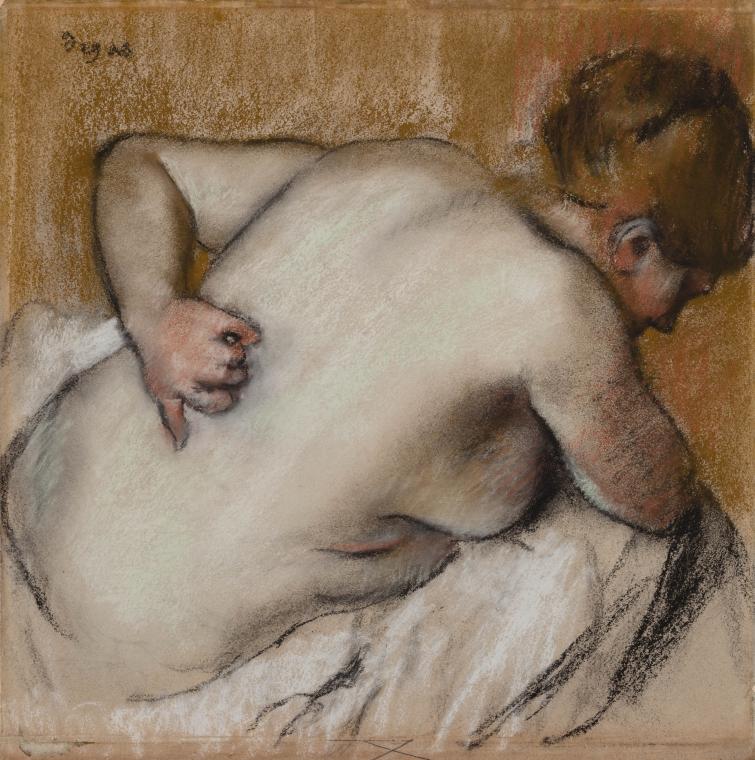
Edgar Degas, Woman Scratching Her Back (1881). Courtesy of the Denver Art Museum.
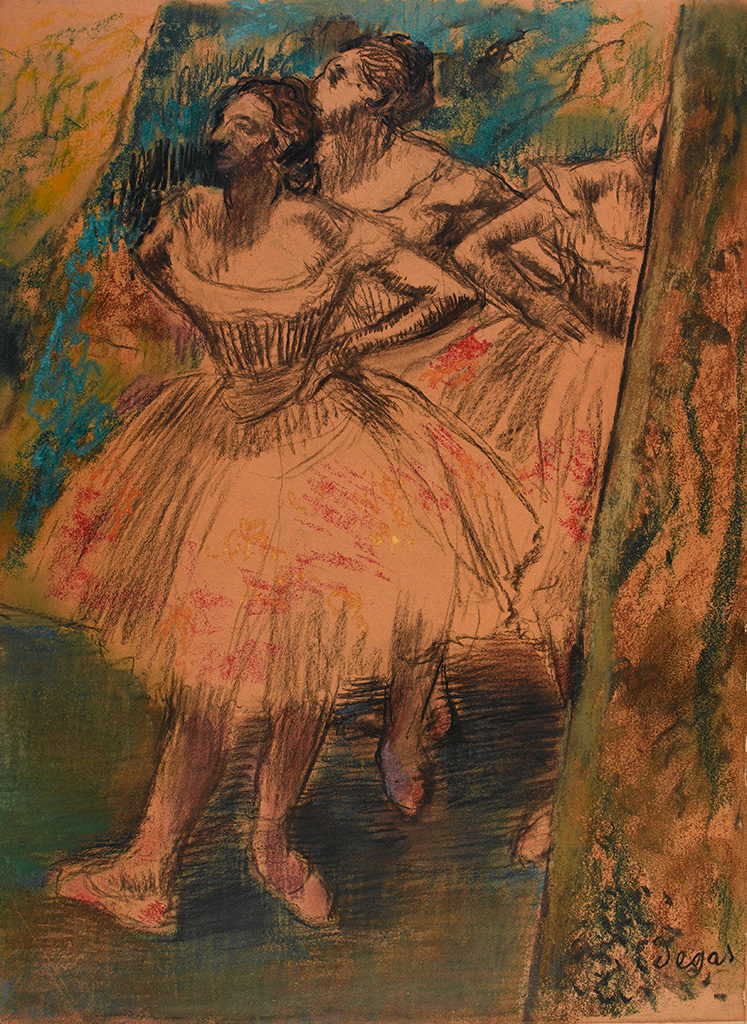
Edgar Degas, Dancers in the Wing (circa 1900–05). Courtesy of the Fitzwilliam Museum, Cambridge.
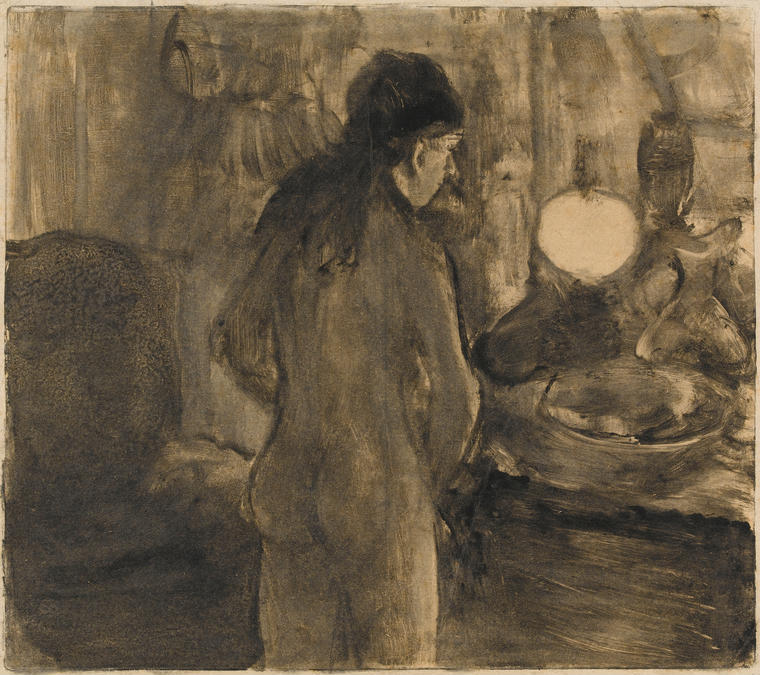
Edgar Degas, Femme à sa Toilette (La Cuvette) (circa 1880–83). Courtesy of the Fitzwilliam Museum, Cambridge.
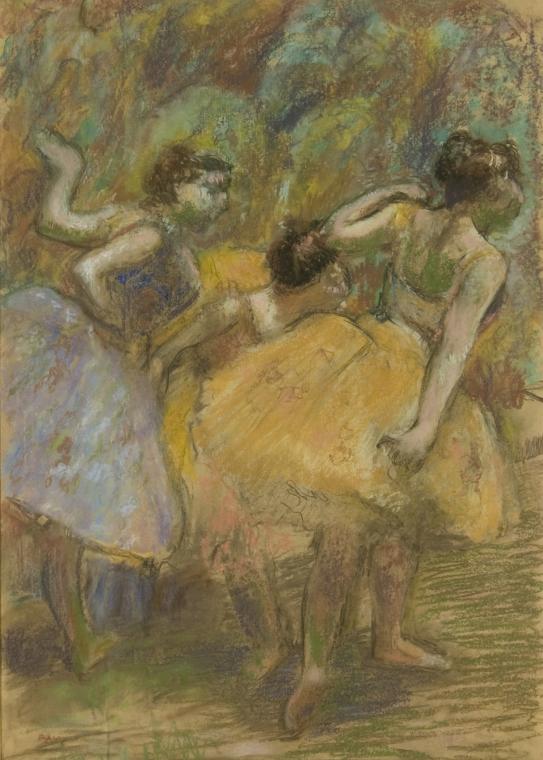
Edgar Degas, Dancers (circa 1900). Courtesy of the Denver Art Museum/Memorial Art Gallery of the University of Rochester.
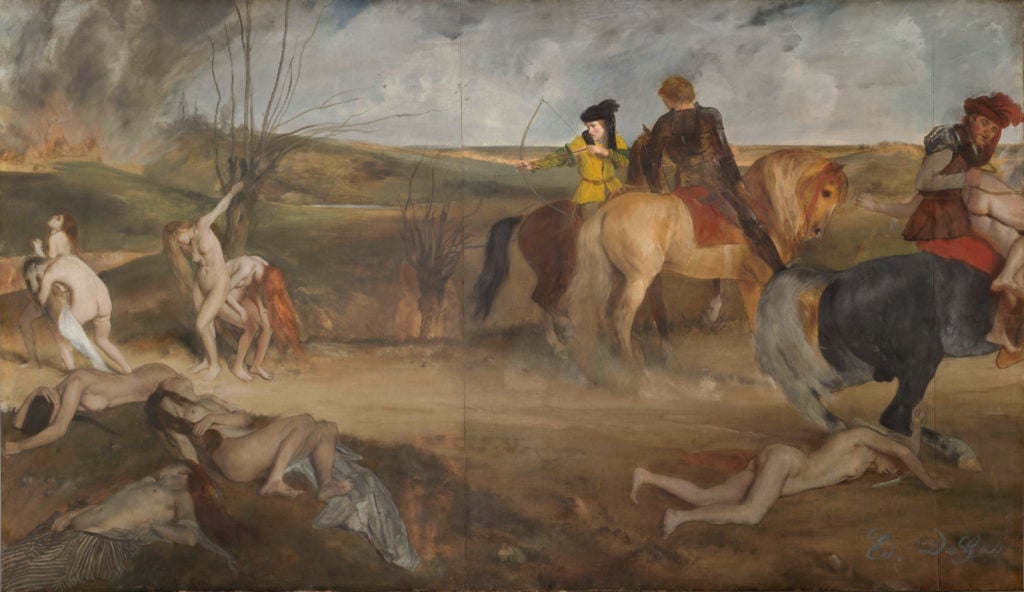
Edgar Degas, Scène de guerre au Moyen-Âge. Courtesy of the Denver Art Museum/Musée d’Orsay Paris.
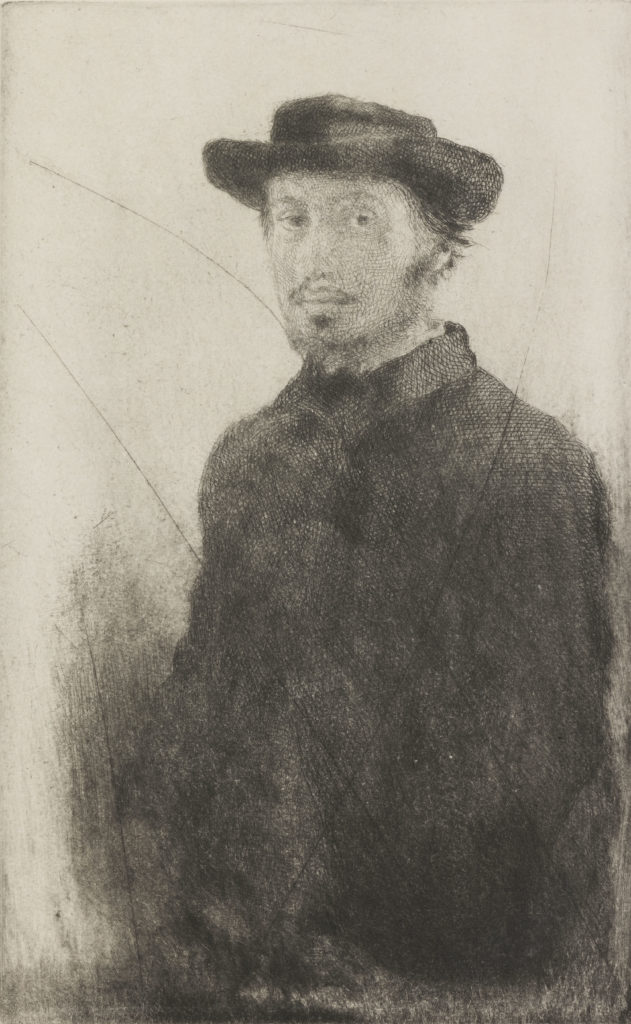
Edgar Degas, Autoportrait. Courtesy of the Denver Art Museum.
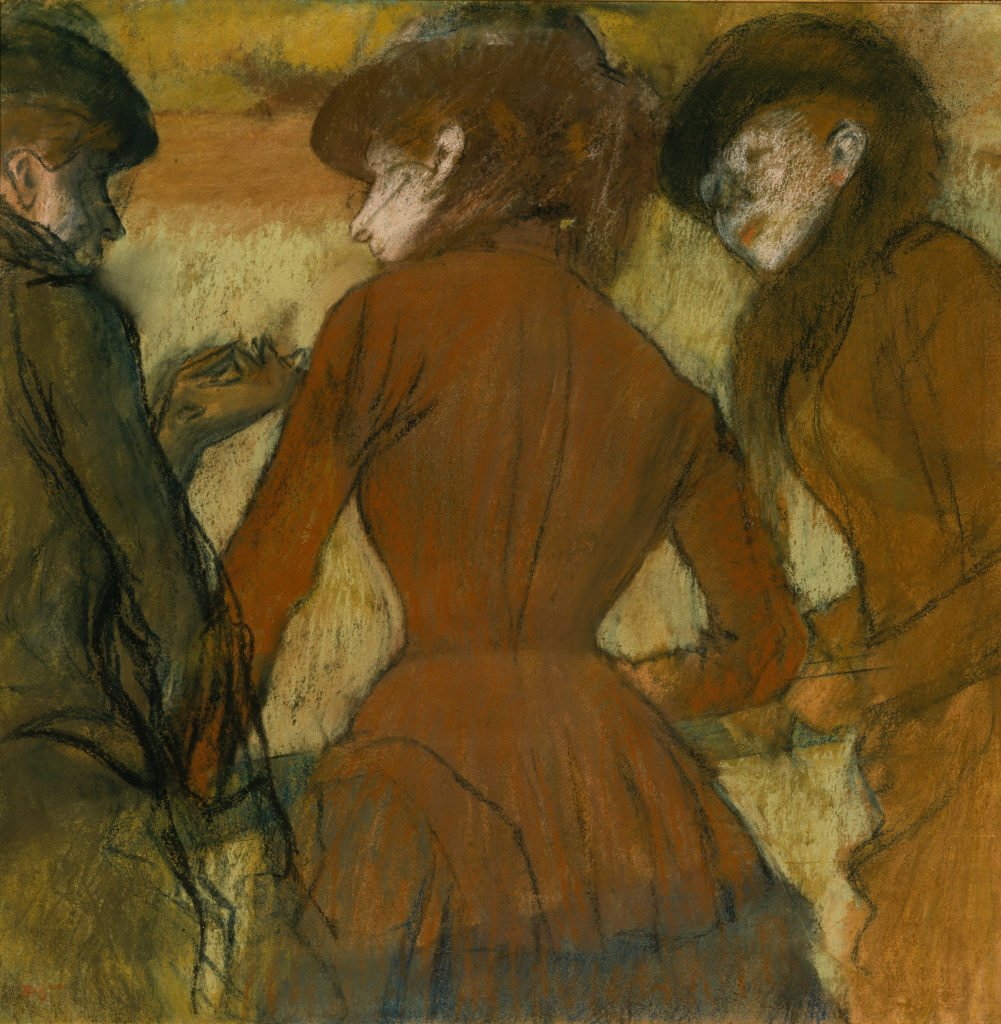
Edgar Degas, Three Women at the Races. Courtesy of the Denver Art Museum.
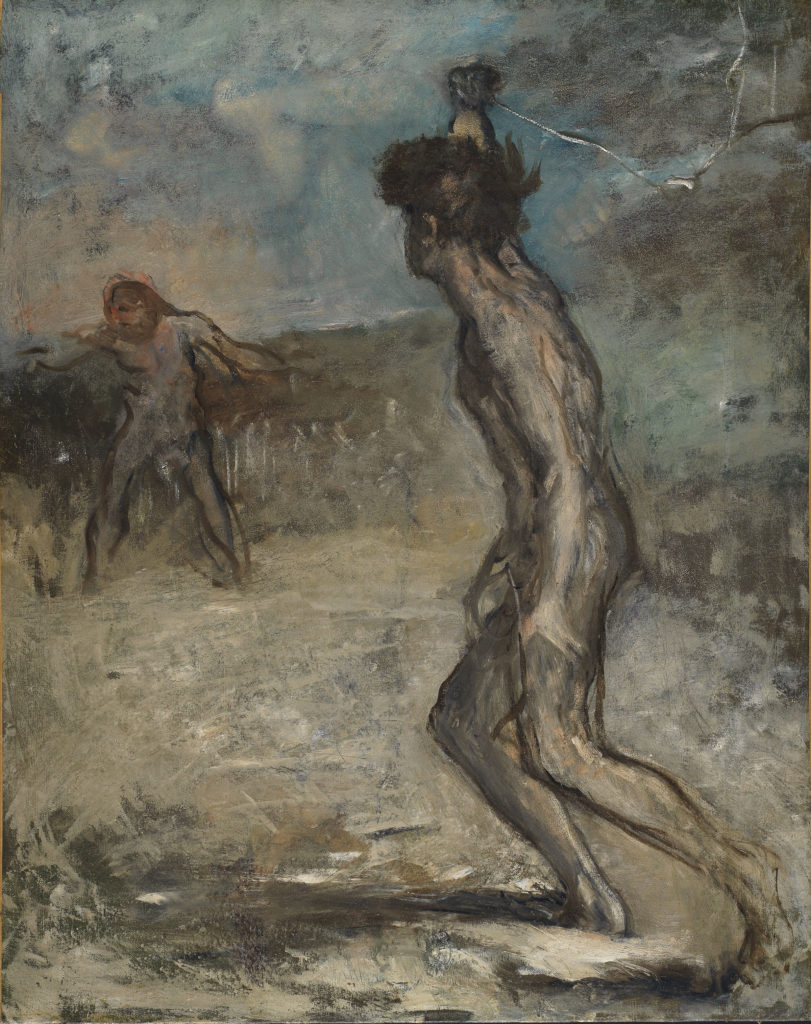
Edgar Degas,
David and Goliath. Courtesy of the Denver Art Museum.